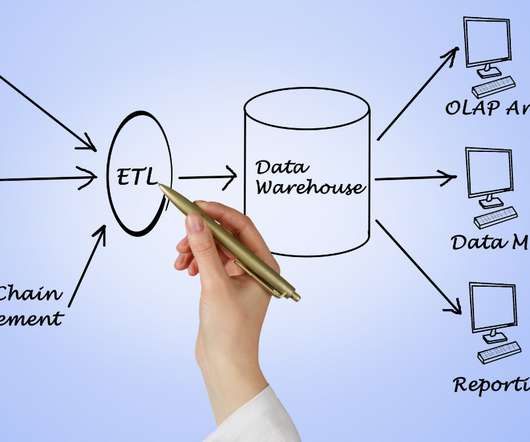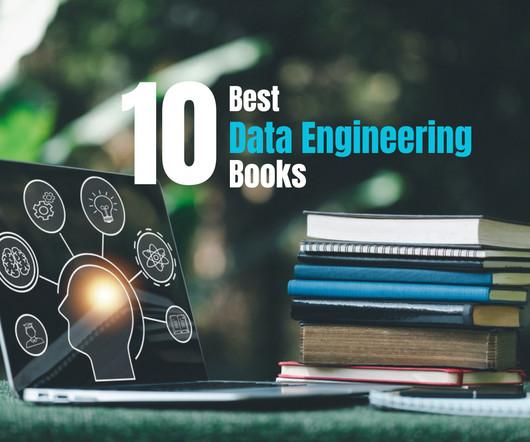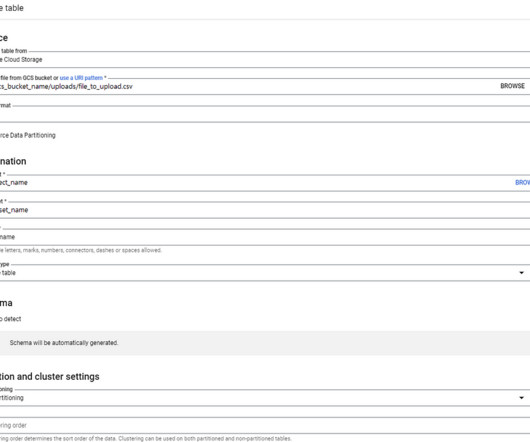Introduction to Partitioned hive table and PySpark
Analytics Vidhya
OCTOBER 28, 2021
This article was published as a part of the Data Science Blogathon What is the need for Hive? The official description of Hive is- ‘Apache Hive data warehouse software project built on top of Apache Hadoop for providing data query and analysis.















Let's personalize your content